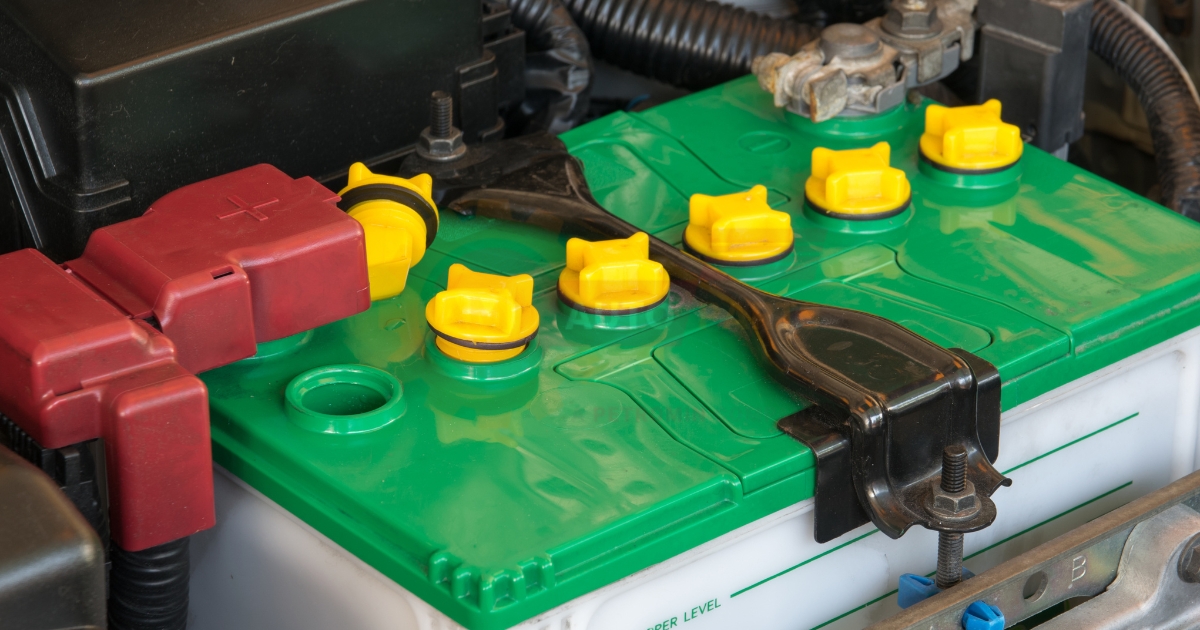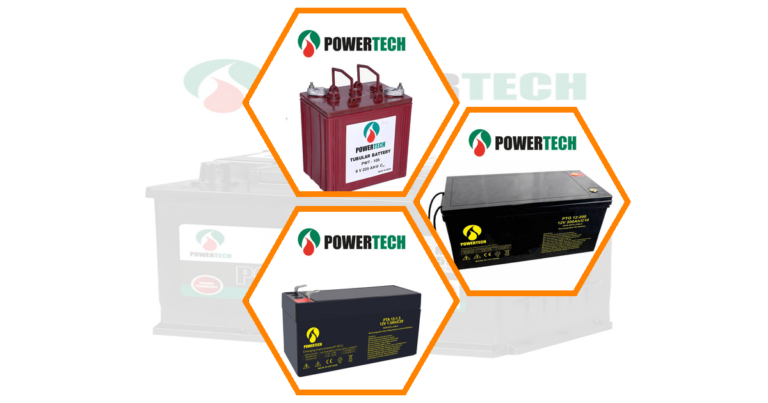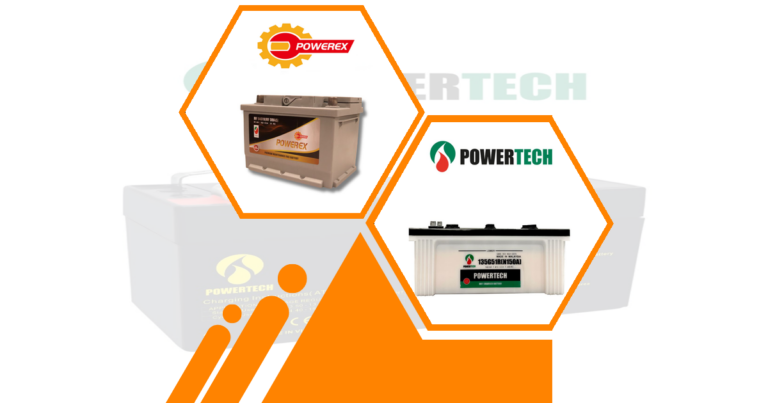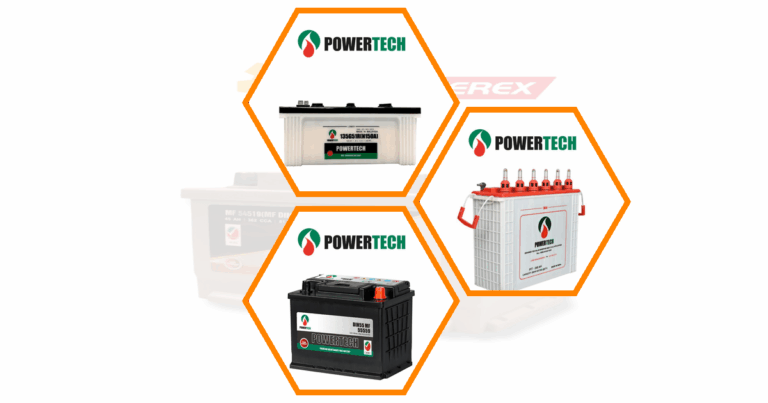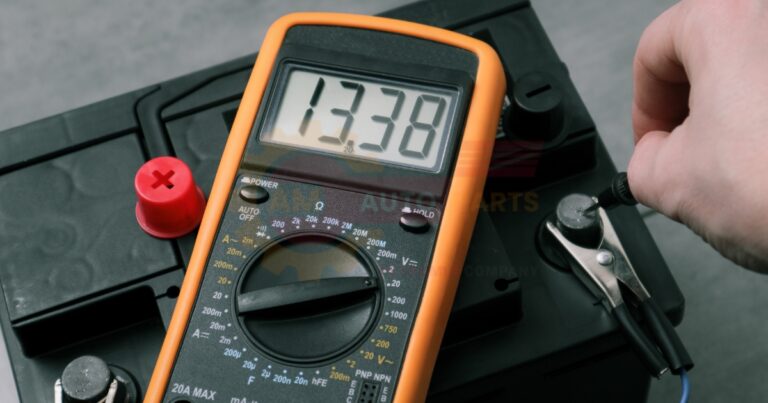How Car Battery is Made: A Comprehensive Guide
The production of car batteries begins with the selection of raw materials. The primary materials include lead, lead oxide, sulfuric acid, and plastic. Lead is used for the battery plates, while lead oxide is used to create the paste that coats these plates. Sulfuric acid acts as the electrolyte, and plastic is used for the battery casing.
- Lead : Essential for the battery plates.
- Lead Oxide : Used to create the paste for the plates.
- Sulfuric Acid : Acts as the electrolyte.
- Plastic : Used for the battery casing.
Assembly Line Steps for Battery Manufacturing
The assembly line for car battery manufacturing involves several steps. First, the lead is melted and cast into grids. These grids are then coated with lead oxide paste. After drying, the plates are assembled into cells and placed into the plastic casing. Finally, the cells are filled with sulfuric acid and sealed.
- Melting and Casting : Lead is melted and cast into grids.
- Coating : Grids are coated with lead oxide paste.
- Assembly : Plates are assembled into cells and placed in the casing.
- Filling and Sealing : Cells are filled with sulfuric acid and sealed.
Quality Control Measures in Battery Production
Quality control is crucial in battery production. Each battery undergoes rigorous testing to ensure it meets industry standards. Tests include checking the voltage, capacity, and overall performance. Any battery that fails these tests is rejected and recycled.
- Voltage Testing : Ensures the battery meets voltage requirements.
- Capacity Testing : Checks the battery’s ability to hold a charge.
- Performance Testing : Assesses overall battery performance.
Components of a Car Battery
Lead Plates and Lead Oxide Paste
Lead plates are the backbone of a car battery. These plates are coated with lead oxide paste, which is essential for the chemical reactions that produce electricity. The paste increases the surface area, allowing for more efficient energy storage and release.
- Lead Plates : Provide the structure for the battery.
- Lead Oxide Paste : Enhances chemical reactions and energy efficiency.
Sulfuric Acid Electrolyte
Sulfuric acid acts as the electrolyte in a car battery. It facilitates the chemical reactions between the lead plates and lead oxide paste. This interaction generates the electrical energy needed to power the vehicle.
- Electrolyte : Facilitates chemical reactions.
- Energy Generation : Produces the electrical energy for the car.
Separators and Casings
Separators are placed between the lead plates to prevent short-circuiting. The casing, usually made of plastic, holds all the components together and protects them from external damage.
- Separators : Prevent short-circuiting.
- Casings : Protect and hold the battery components.
Types of Car Batteries and Their Production Methods
Lead-Acid Batteries
Lead-acid batteries are the most common type of car battery. They are produced using the traditional method of casting lead plates and coating them with lead oxide paste. These batteries are known for their reliability and cost-effectiveness.
- Common Type : Most widely used car battery.
- Traditional Production : Involves casting and coating lead plates.
- Reliability : Known for being reliable and cost-effective.
AGM (Absorbent Glass Mat) Batteries
AGM batteries use a different production method. They incorporate a glass mat separator that absorbs the sulfuric acid, making the battery spill-proof. This type of battery is more efficient and has a longer lifespan compared to traditional lead-acid batteries.
- Glass Mat Separator : Absorbs sulfuric acid.
- Spill-Proof : Prevents leaks and spills.
- Efficiency : More efficient and longer-lasting.
Lithium-Ion Batteries
Lithium-ion batteries are the latest innovation in car battery technology. They are produced using lithium compounds and offer higher energy density and longer lifespan. These batteries are commonly used in electric vehicles.
- Latest Innovation : Uses lithium compounds.
- Higher Energy Density : Provides more energy storage.
- Longer Lifespan : Lasts longer than traditional batteries.
How Car Battery is Made: Technological Advancements 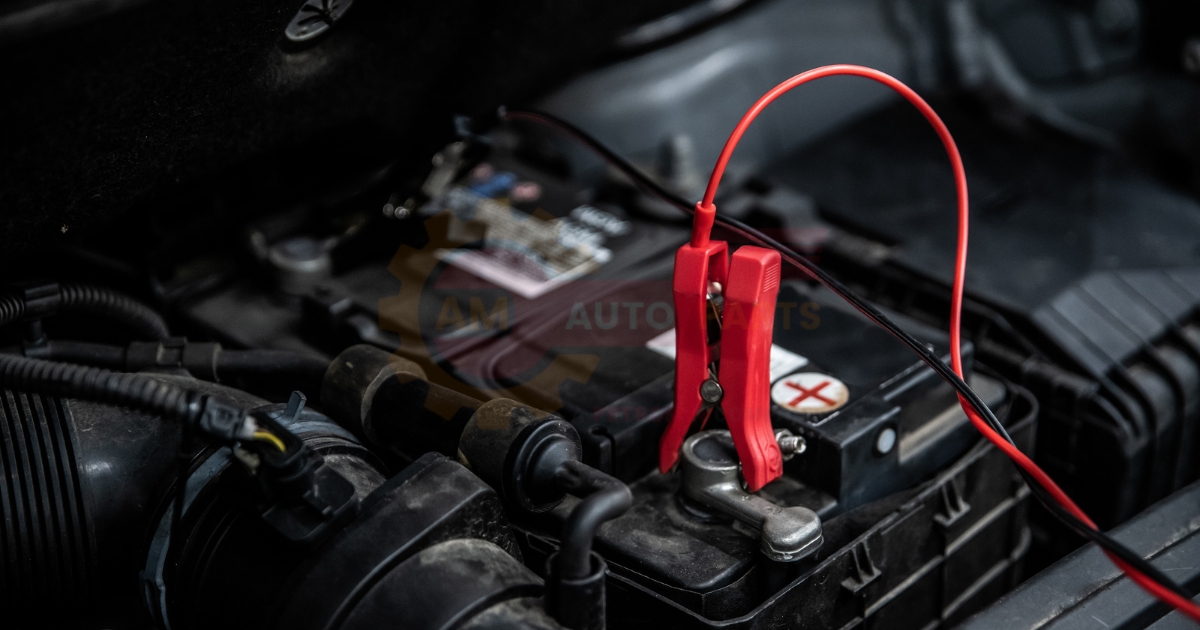
Automation in Battery Manufacturing
Automation has revolutionized the battery manufacturing process. Robots and automated systems are used to handle repetitive tasks, ensuring precision and efficiency. This reduces human error and increases production speed.
- Robots : Handle repetitive tasks.
- Precision : Ensures accuracy in production.
- Efficiency : Increases production speed.
Eco-Friendly Production Techniques
Eco-friendly techniques are becoming more prevalent in battery manufacturing. These include using recycled materials and reducing waste. Such practices not only benefit the environment but also reduce production costs.
- Recycled Materials : Used in production.
- Waste Reduction : Minimizes environmental impact.
- Cost-Effective : Reduces production costs.
Recycling in Battery Production
Recycling plays a significant role in battery production. Used batteries are collected, and their components are recycled to make new batteries. This process conserves resources and reduces environmental impact.
- Component Recycling : Reuses materials from old batteries.
- Resource Conservation : Saves natural resources.
- Environmental Impact : Reduces waste and pollution.
The Evolution of Car Battery Manufacturing
Historical Methods vs. Modern Techniques
Car battery manufacturing has evolved significantly over the years. Historical methods involved manual labor and simple tools, while modern techniques use advanced machinery and automation. This evolution has led to more efficient and reliable batteries.
- Manual Labor : Used in historical methods.
- Advanced Machinery : Employed in modern techniques.
- Efficiency : Improved over time.
Innovations in Battery Design and Efficiency
Innovations in battery design have focused on increasing efficiency and lifespan. New materials and technologies have been developed to enhance performance. These innovations have made car batteries more reliable and durable.
- New Materials : Enhance battery performance.
- Technological Advances : Improve efficiency.
- Reliability : Increased over time.
Battery Cell Construction and Function
Chemical Reactions in Battery Cells
The chemical reactions in battery cells are crucial for energy production. When the battery is in use, lead dioxide reacts with sulfuric acid to produce lead sulfate and water. This reaction releases electrical energy.
- Lead Dioxide Reaction : Produces lead sulfate and water.
- Energy Release : Generates electrical energy.
How Energy is Stored and Released
Energy is stored in the form of chemical energy within the battery cells. When the battery is in use, this chemical energy is converted into electrical energy. This process is reversible, allowing the battery to be recharged.
- Chemical Energy : Stored in battery cells.
- Electrical Energy : Released during use.
- Reversible Process : Allows for recharging.
Environmental Impact of Car Battery Production
Sustainable Manufacturing Practices
Sustainable practices are essential in reducing the environmental impact of battery production. These include using recycled materials, reducing waste, and implementing energy-efficient processes. Such practices help conserve resources and minimize pollution.
- Recycled Materials : Used in production.
- Waste Reduction : Minimizes environmental impact.
- Energy Efficiency : Reduces resource consumption.
Recycling and Disposal of Car Batteries
Proper recycling and disposal of car batteries are crucial for environmental protection. Used batteries are collected and recycled to recover valuable materials. Improper disposal can lead to environmental contamination.
- Proper Recycling : Recovers valuable materials.
- Environmental Protection : Prevents contamination.
- Disposal Methods : Ensure safe handling.
How Car Battery is Made: Industry Standards and Regulations 
Safety Measures in Battery Manufacturing
Safety measures are critical in battery manufacturing to protect workers and ensure product quality. These measures include proper handling of hazardous materials, regular equipment maintenance, and employee training.
- Hazardous Materials : Proper handling required.
- Equipment Maintenance : Ensures safety and efficiency.
- Employee Training : Essential for safety.
Quality Certifications for Battery Producers
Quality certifications are essential for battery producers to ensure their products meet industry standards. Certifications like ISO 9001 and ISO 14001 are commonly sought after. These certifications demonstrate a commitment to quality and environmental management. Automotive Power Solutions provide energy for cars and trucks They help vehicles start run and power all electrical parts Recharge dead battery by connecting it to a power source This can bring your device back to life and make it work again
Lithium hydride abbreviation LiH is the short way to write lithium hydride which is a chemical compound made of lithium and hydrogen atoms Battery health percentage
Automotive electrical measurement helps check if car parts that use electricity are working right It uses special tools to test things like batteries wires and lights in vehicles Jumpstart dead battery is a quick way to get your car running again when the battery is out of power You can use special cables to connect your car’s dead battery to another car’s working battery to bring it back to life
Automotive energy solutions help cars and trucks use different types of power to run These solutions include electric batteries hydrogen fuel cells and more efficient engines for vehicles
- ISO 9001 : Quality management certification.
- ISO 14001 : Environmental management certification.
- Industry Standards : Ensured through certifications.
The Future of Car Battery Manufacturing
Emerging Technologies in Battery Production
Emerging technologies are set to revolutionize battery production. These include solid-state batteries, which offer higher energy density and safety. Other innovations focus on faster charging times and longer lifespans.
- Solid-State Batteries : Higher energy density and safety.
- Faster Charging : Reduced charging times.
- Longer Lifespans : Enhanced durability.
Trends in Electric Vehicle Battery Manufacturing
The rise of electric vehicles (EVs) has led to significant advancements in battery manufacturing. Trends include the development of high-capacity batteries and the use of sustainable materials. These trends aim to improve the performance and environmental impact of EV batteries.
- High-Capacity Batteries : Enhanced performance.
- Sustainable Materials : Reduce environmental impact.
- EV Advancements : Drive innovation in battery manufacturing.
By understanding how car batteries are made, from raw materials to advanced technologies, we can appreciate the complexity and innovation involved in this essential component of modern vehicles.
Frequently Asked Questions (FAQs)
What is the lifespan of a car battery?
The lifespan of a car battery varies depending on the type and usage. On average, a standard lead-acid battery lasts about 3-5 years. More advanced batteries, like AGM and lithium-ion, can last up to 7-10 years with proper maintenance.
How long does it take to manufacture a car battery?
The time it takes to manufacture a car battery varies depending on the type and production method. On average, it takes about 2-3 hours to produce a standard lead-acid battery. More advanced batteries, like lithium-ion, may take longer due to their complex production processes.
What materials are used to make a car battery?
Car batteries are primarily made of lead, lead oxide, sulfuric acid, and plastic. Lead is used for the battery plates, while lead oxide is used to create the paste that coats these plates. Sulfuric acid acts as the electrolyte, and plastic is used for the battery casing.
